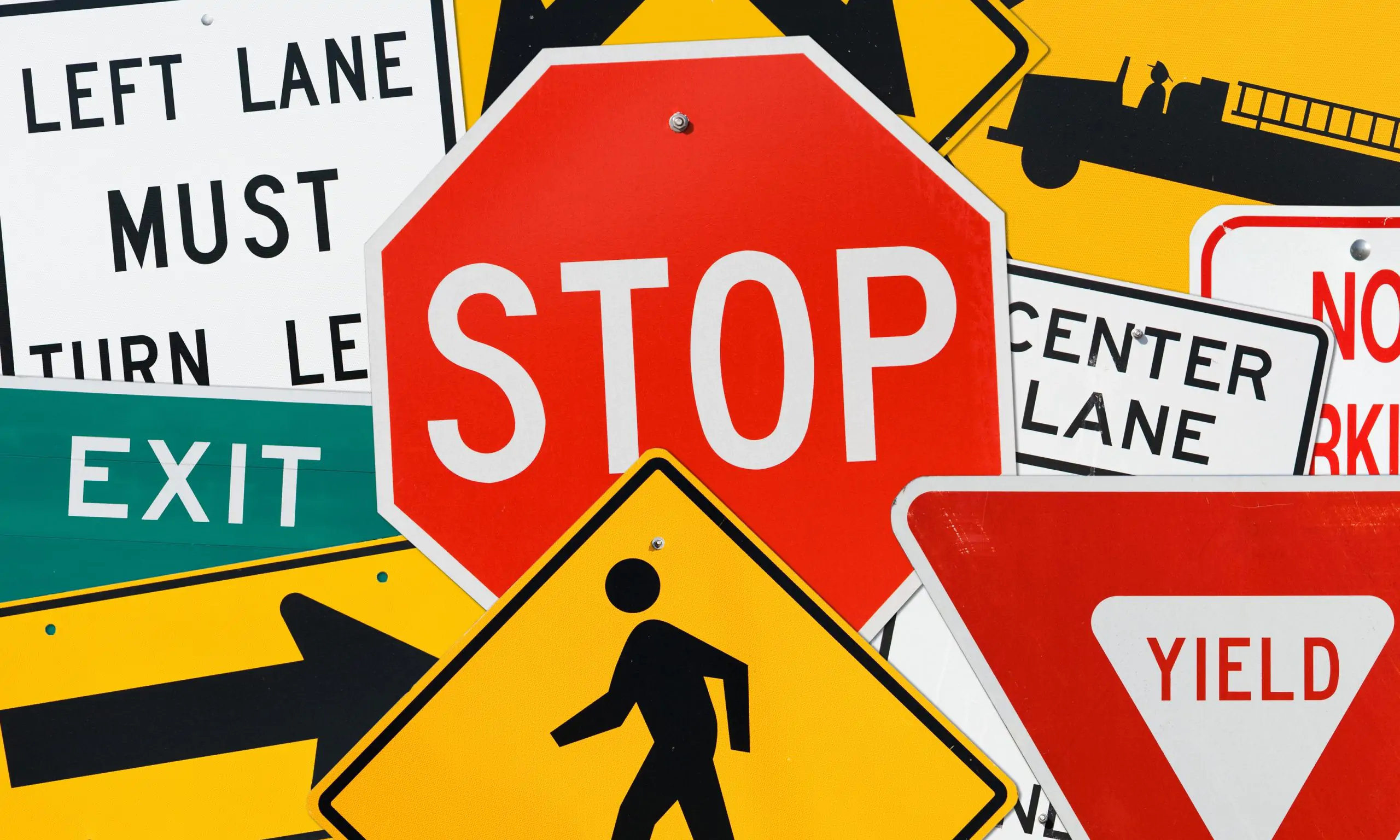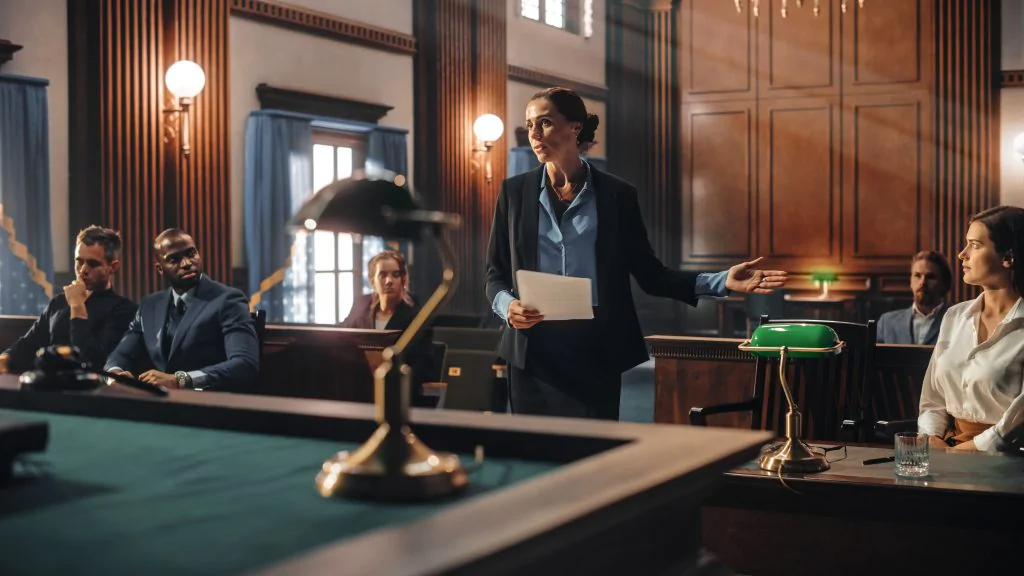Right-of-way violations are among the most common and deadly causes of traffic accidents in New York. Knowing the specific dangers that right-of-way accidents pose, as well as the specific state regulations and protections in place is essential for victims seeking legal compensation for damages.
Failure to Yield the Right of Way: A Fatal Nationwide Problem
According to the National Highway Traffic Safety Administration (NHTSA), failure to yield the right of way was the fourth leading cause of deadly crashes nationwide in 2018. 3,579 drivers and motorcyclists (7 percent of all fatal accidents in 2018) violated right-of-way laws, while distracted drivers in fatal crashes totaled 2,688 (5.2 percent of deaths).
Failure to yield is also partly to blame for the rising death toll of pedestrians and cyclists in New York’s metropolitan areas including Chelsea, NYC, and Sunset Park, Brooklyn. However, data shows good news for the rest of the state: a 6.3 percent decline in fatal accidents from 1,006 in 2017, to 943 in 2018.
Motorists—not careless pedestrians—were found to have caused most of New York’s fatal traffic accidents in 2019, with failing to yield the right of way found to be a top contributor.
Who Has the Legal Right of Way?
Failure to yield the right of way is a key factor in car crashes at intersections. Most collisions happen when a driver is attempting to turn. The fact that the light has turned green isn’t enough to decide who has the right to turn first. That’s where the New York right-of-way laws come in. These laws are designed to settle conflicts before there’s a crash.
One of the most misunderstood rules of the road, according to the New York Safety Council, is the law that requires drivers to yield to the driver on the right. Take, for example, when two drivers are approaching from opposite directions and reach the intersection simultaneously. The driver seeking to turn left is the one who must yield to traffic heading straight or turning right. Yielding to the driver on the right also applies at stop sign intersections.
There is usually no room for interpretation as to who has the right of way when a green arrow gives the drivers in the left-turn lane a head start. If there is no arrow, however, drivers can be tempted to hang a sharp left as soon as the light turns green to clear the intersection ahead of oncoming traffic. In these situations, the law states that drivers can only turn left in front of a driver coming straight through a green light if you can do so without creating a hazard. When in doubt, always wait for oncoming traffic to clear as much as possible before making a left turn.
There are many right-of-way rules covering all types of driving scenarios. Here are a few that are frequently ignored:
- First come, first served: If you’re not the first driver to approach the intersection, the right of way goes to traffic that’s already there.
- Always avoid gridlock: Green light or not, stay out of the intersection if proceeding will cause a traffic jam or risk a hefty ticket.
- Rotaries: At a traffic circle or rotary, a driver about to enter must always yield to those already in the circle.
- At a T Intersection: The right of way goes to drivers on the through street.
- All uphill from here: On narrow mountain roads, drivers going uphill have the right of way. Vehicles headed downhill must make make room for uphill drivers to have safe passage.
- Emergency protocol: Drivers on both sides of the road must always pull over and yield to emergency vehicles when they display flashing lights or sound a siren or air horn.
Right of Way Law and Pedestrians
More than 25 percent of all traffic deaths In New York State involve pedestrians, with young children and older adults being the most vulnerable. One of the most common—and potentially deadly—battles for right of way on New York streets is pedestrians versus vehicles. The 300-plus pedestrian fatalities each year in New York State shows disregard or perhaps confusion over the right-of-way laws as they relate to foot traffic.
How to Avoid Right-of-Way Violation Penalties
New York drivers face stiff penalties for failing to yield to a pedestrian in a crosswalk—everything from three points on their license to a $150 fine for the first violation and/or 15 days in jail. Here are a few basics that can keep drivers out of hot water:
- Drivers must yield to pedestrians legally using marked and unmarked crosswalks.
- If stopped at a red light and the light turns green, drivers must wait if a pedestrian is still crossing.
- Motorists must yield to pedestrians on the left or right when making a turn.
- Drivers must yield to both vehicles and pedestrians when entering the road from a driveway, alley, private road, or any other non-roadway.
- A yield sign gives the right of way to pedestrians in a crosswalk. If a driver goes past a yield sign without stopping and hits a pedestrian (or another vehicle in the intersection), the accident will be deemed prima facie (automatic) evidence of failure to yield the right of way.
Most of this is quite plain—after all it’s in the driver’s manual, but there can be some uncertainty in drivers’ and pedestrians’ minds over rules in unmarked crosswalks and the legal use of crosswalks. Drivers should expect to yield to pedestrians at intersections, whether they are marked as such or not. In addition to the obvious lined crosswalk, the NY Department of Transportation defines a crosswalk as any part of the road at an intersection between the curbs on opposite sides of the roadway or, if there are no curbs, between the edges of the road.
Pedestrians have the legal right of way using a crosswalk when there is a “Walk” sign or person symbol activated. If there is a non-flashing “Don’t Walk” sign or upraised hand signal, pedestrians must stay put. When a “Walk” signal is flashing, only the pedestrians that are already in the process of using a crosswalk have the legal right of way, and so can continue on to the other side, or a safety island between two roads. If there are no pedestrian signals present, state law prohibits crossing in front of traffic that has a green light.
Right-of-Way Violation Fines in New York
Pedestrians have the legal right of way using a crosswalk when there is a “Walk” sign or person symbol activated. If there is a non-flashing “Don’t Walk” sign or upraised hand signal, pedestrians must stay at the curb. When a “Walk” signal is flashing, only the pedestrians that are already in the process of using a crosswalk have the legal right of way, and so can continue on to the other side, or a safety island between two roads. If there are no pedestrian signals present, state law prohibits crossing in front of traffic that has a green light.
Regardless of whether a pedestrian is crossing legally, the driver must always exercise due care, which means doing everything in his power not to hit any person, cyclist, or animal in the road. It is also against the law—and extremely dangerous—for a vehicle approaching from the rear to overtake and pass one that is stopping for a pedestrian in the crosswalk.
Right-of-Way Laws & Bicyclists
Cyclists have all the rights and responsibilities of drivers, but are also protected by exclusive right-of-way laws.
According to New York Bicycling Coalition, any driver who fails to yield to a pedestrian or cyclist when they have the right of way could face a civil penalty of not more than $100 along with any other penalties, and if someone is hit, the civil penalty alone can be up to $250.
What to Do After a Right of Way Crash
If another driver was negligent and you need to seek medical care, a personal injury attorney can handle your case from start to finish. But there are several steps that you can take starting at the scene of the accident to strengthen your right-of-way lawsuit.
Steps to Take Immediately After a Right-of-Way Accident
- Get Names & Numbers: If there are witnesses at the scene, including any passengers, take a moment to gather names and contact information.
- Exchange Information: Collect the driver license numbers, registrations, and insurance details of all involved parties, as well as the name and contact information for the car owners, and vehicle identification numbers.
- Take Pictures: Take pictures of everything from hazards, to skid marks, and any vehicle damage—ideally from as many different angles as possible. Take back-up shots of the other driver’s license plates and documents for quick reference.
- When Police Arrive: Once officers respond, volunteer to give as little information as possible. Request the officer’s name, badge number, and contact info for easier follow-up.
- Write Down Details of Your Accident: Record notes regarding details of the accident, including weather conditions, and any other variables that may have played a part in causing injury or damage. These details may prove to be crucial in helping win your settlement, should you decide to take your case to court.
After taking these steps, there are two crucial deadlines to be aware of:
- Under New York law, motorists must file form MV-104 with the Department of Motor Vehicles within 10 days of any accident if there is injury, death, or property damage of more than $1,000 for any motorist.
- In New York, a no-fault insurance state, claims should be made ASAP with the other driver’s insurer but no later than 30 days of the crash unless you can provide written and reasonable proof for the delay.
Taking the time to collect these details will give your attorney a head start on your case, and ensure you build a strong lawsuit. However, an experienced car accident attorney will help you collect any necessary documents or evidence if you are unable to gather them yourself.
Contact a Right-of-Way Attorney Today
Car accident lawyers at Sobo & Sobo have helped victims win of right-of-way accident lawsuits for over 50 years. Attorneys across the Hudson Valley and New York City are standing by to give you a free consultation. Call 855-468-7626, or visit one of our many New York office locations today.




